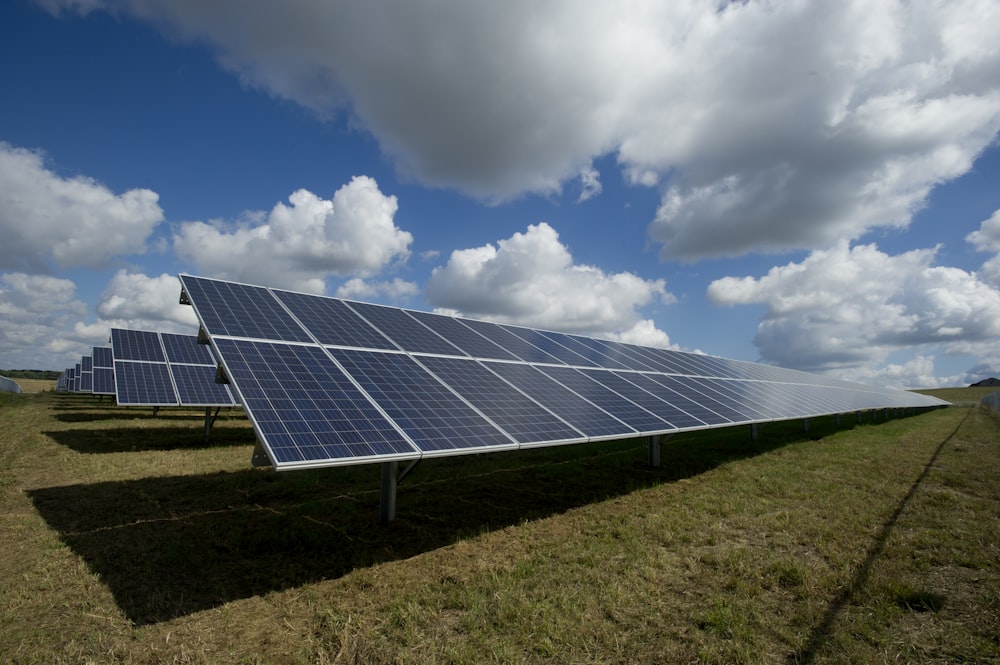Emergency Power: Preparing for Outages and Disasters

Power outages can range from minor inconveniences to life-threatening emergencies depending on their duration and circumstances. Having a well-planned emergency power system ensures you can maintain communication, preserve food, power medical devices, and stay comfortable during extended outages. This guide covers everything from basic preparedness to comprehensive backup systems for your home or business.
Assessing Your Emergency Power Needs
Start by identifying critical systems:
- Communication: Phones, radios, internet access
- Lighting: Essential for safety and comfort
- Medical Devices: CPAP machines, oxygen concentrators, refrigerated medications
- Food Preservation: Refrigerators and freezers
- Heating/Cooling: Depending on climate and season
- Work Requirements: For those who must work remotely during outages
Portable Power Solutions
Options for short-term outages (hours to a few days):
- Power Banks: Multiple high-capacity units (20,000mAh+) for phones and small devices.
- Jump Starters: Many include USB ports and can double as power banks.
- Portable Power Stations: 100-500Wh units can power laptops, lights, and small appliances.
- Solar Chargers: Foldable panels to recharge power banks and stations during extended outages.
- Inverter Options: For car owners, can convert 12V DC to 120V AC (watch car battery drain).
Home Backup Systems
For more comprehensive protection:
- Gasoline Generators: Traditional solution but requires fuel storage and maintenance.
- Inverter Generators: Quieter and more fuel-efficient than conventional generators.
- Solar Generators: Battery-based systems that can be charged via solar panels.
- Whole-House Battery: Like Tesla Powerwall, integrates with home solar if available.
- Manual Transfer Switches: Essential for safely connecting generators to home circuits.
Power Management During Outages
Strategies to extend limited power resources:
- Create a power usage hierarchy (most critical to least).
- Implement a rotation schedule for charging devices.
- Use LED lighting and energy-efficient devices whenever possible.
- Unplug non-essential devices to prevent phantom loads.
- Monitor battery levels to avoid complete discharge.
Special Considerations
Unique scenarios requiring attention:
- Medical Needs: Calculate backup power requirements for life-sustaining equipment.
- Cold Climates: Batteries lose capacity in low temperatures - keep them warm.
- Urban vs. Rural: Urban areas may have faster restoration but more competition for resources.
- Evacuation Scenarios: Have portable power solutions ready to go.
Maintenance and Preparedness
Ensure your systems work when needed:
Regular Testing: Run generators and check battery systems periodically.
Fuel Rotation: Stabilize gasoline and replace annually.
Documentation: Keep manuals and setup instructions with your equipment.
Community Planning: Coordinate with neighbors for shared resources.





